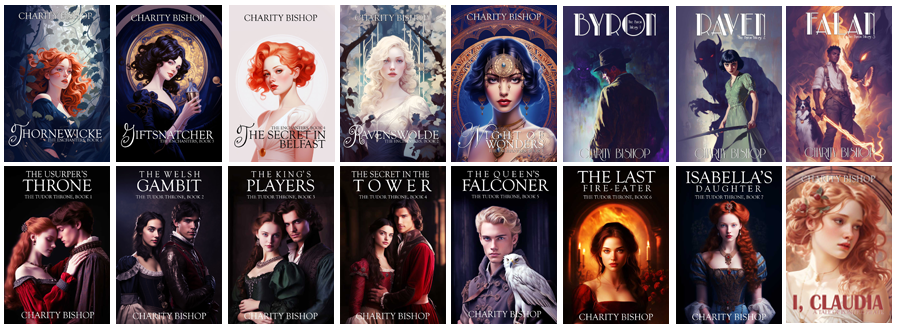Dracula (1971)
As one of the most popular fictional characters of all time, Count Dracula has been depicted on the stage and in film numerous times, with each adaptation striving to better the last. This version is only minimally like the book. It paints the infamous count in a harsh, animalistic light, and leaves out most secondary characters. I didn't care for it.
English solicitor Jonathan Harker (Murray Brown) is set ill at ease when entering Transylvania and reaching the crossroads, where a mysterious coach waits to transport him to Castle Dracula. Having been sent abroad to encourage a foreigner to make a purchase of British property in Whitby, the young man is further disconcerted on reaching the castle and finding his host demanding, sinister, and obtrusive. Count Dracula (Jack Palance) is highly eccentric. He dwells in a creepy castle surrounded by woodlands occupied by wolves. Jonathan is kept locked in his room and expected to undertake odd night hours of conversation. He manages to wander one evening and encounters three beautiful but bloodthirsty women, condemning him to a fate left in the castle when his cloaked host departs for England.
Jonathan's fiance, Mina (Penelope Horner) has journeyed to Whitby to be of comfort to her dear friend Lucy (Fiona Lewis), who is taken with an inexplicable illness. Prone to abnormal instances of sleepwalking, restlessness, and lack of blood, Lucy is slowly slipping away from them. Her future husband Arthur Holmwood (Simon Ward) believes the matter to be serious and brings in a specialist, Dr. Van Helsing (Nigel Davenport) as a consultant on the case. The eccentric older man believes they may be dealing with nosferatu, a vampire. His careful prevention tactics keep the count momentarily at bay, but Arthur lets down his guard and Lucy bears the eternal consequences. The actions the now-vampire-hunters are set upon incur the count's wrath, prompting an adventure of violence and bloodshed.
Differences from the book are rampant and apparent, some of them in a positive manner and others that lessen the impact of the novel. Dracula was always a somewhat empathetic and gentlemanly individual in the book, very poised and articulate while maintaining a sense of the supernaturally sinister. Palace is nothing like the book's depiction. He rarely says anything, and is constantly lurking in the background with a scowl and bared fangs. The Dracula that I know would never accost hotel staff in an effort to force himself into a locked room. He would have used cunning rather than brute force against his antagonists, and wouldn't have cared a lick for his dead brides. This was one of the first productions to use the recurring theme of Dracula having fondness for a victim due to her likeness to a dead lover, a feat that doesn't entirely work here, given his bland and animalistic nature.
That's not to say the film doesn't have its moments: Dracula releasing a wolf from the zoo is particularly effective, as is that same wolf leaping through the glass of Lucy's window and attacking the people in the room, and an unexpected but plausible twist brings back Jonathan Harker. The production is standard for the times, with decent acting and sets that are imaginative. The finest sequence in the film comes just at the beginning, with the wolves running alongside Harker's carriage. It doesn't have much in the way of objectionable content. Vampires are staked and blood spills from their lips. A man is attacked and mauled by a wolf. Several figures are thrown down stairs or have their necks snapped. Dracula kisses and then savagely bites Lucy, with mild sexual overtones in her pleased response.
It was nice that crosses do have a much more powerful hold against vampires in this adaptation, but overall I found the film to be unintentionally laughable. I have become somewhat spoiled with other more favored versions, but take offense at any production that depicts the count in anything less than a respectable and elegant light.
